Resources
Waste & Compost
We all produce waste on a daily basis - that’s hard to avoid! Here’s some tips on how to best manage all types of household waste, ideas on how to reduce our waste and our carbon footprint.
Composting
Almost 50% of household waste is compostable. The good news is it can be recycled into organic fertiliser for your garden.
-
Composting reduces greenhouse gas emissions. Composting household food scraps can also significantly reduce your carbon footprint.
Each year on average, every Australian produces 180kgs of food and garden waste. When sent to rot in landfill, this amount of food and garden waste creates 15.3 kilograms of methane, a gas with 21 times more impact on climate change than carbon dioxide.
-
To get started, make sure you have a small container to collect food waste inside and a compost bin or heap outside. A compost bin might be a ventilated container that sits over the soil, or you might have a compost tumbler or one build from pallets or wire. Some things to think about when choosing your compost container include the quantity of food waste produced relative to the size of the garden, how quickly you would like to use compost and the location.
-
There are many different composting methods to suit your lifestyle.
Plastic Cones
Plastic, bottomless bins are a common composting method. Simply layer green and brown materials inside, eg. alternate layers of food scraps, then dried leaves, then food scraps, then another carbon layer. Turning your compost adds oxygen to the mix which helps the microbes break it down faster. You can do this by lifting the bin off the pile, placing it next to the pile, then shovelling the pile back into the bin in the new location. Alternatively, you can use a corkscrew ‘compost aerator’ to drill down into the bin. Most households will need two bins – one to add scraps to, and one for compost that is ‘resting’ as it breaks down.
Composting bays
Composting bays can be made using a wide range of materials such as recycled timber. Layers of ‘greens’ and ‘browns’ are added, with a tarpaulin placed on top to stop the heap drying out. A layer of hay or garden soil could be used in place of the tarpaulin. To add oxygen, the compost pile is shovelled into an adjacent bay.
Easy food scrap disposal
A super easy option is to just bury your food scraps in the garden!
-
A compost heap is full of thousands of living micro-organisms which need the same things we do – a balanced diet (browns and greens), plus oxygen and water.
Brown and green
To help everything break down correctly, compost needs the right mix of materials that are rich in nitrogen (‘green’) and carbon (‘brown’).
Wet and dry
Compost needs plenty of oxygen to break down properly. This is why most systems involve turning the compost, to add air. Adding plenty of dry material can also help to keep compost aerated. How often compost should be
Compost also needs to have moisture in it. Often, food scraps will be moist enough on their own, but in hot dry conditions, water may need to be added.
-
Build your compost up in layers. The bottom layer should consist of larger and coarser materials such as straw, newspaper, twigs, and leftover cuttings. This will help with drainage and aeration. Then, alternate between green (wet, nitrogen-rich) and brown (dry, carbon-rich) layers.
Greens are kitchen scraps and garden clippings, and browns are dry leaves, newspaper, etc. Don’t forget to add water between layers, as well as some manure or good soil. The last layer should be brown.
Add your food scraps and turn the compost about once a week. Compost is ready to be used in the garden when it resembles a dark, rich soil.
This particular layering technique is called the ‘slow and cool’ method, but there are a number of other ways to compost. Check out the Clean Up Australia guide for a more detailed guide to composting as well as compost troubleshooting.
-
Worm farms turn your food leftovers into rich soil-like ‘castings’ which are great for feeding house and garden plants, adding to seedling mixes and potting soils or top-dressing around plants. The liquid produced by your worm farm is full of nutrients – dilute and use it on your plants. Worm farms also work well if you live in a unit or are short of space.
We recommend a rectangular worm farm with a couple of trays. There are different layers for bedding and kitchen scraps. Worms travel up through the layers, leaving behind castings and ‘worm tea.’ See this simple chart to see how it works and this troubleshooting guide, if you’re stuck.
The CEC has partnered with Tumbleweed to provide compost bins and worm farms at a special community rate – details here.
-
Chooks will eat all sorts of food scraps and they also make great pets! Chickens are omnivores, and enjoy a wide diet including grain, plants, and insects. The chickens at the Acton Community Garden are fed on pellets, but have their diet supplemented with kitchen scraps and garden waste. Chickens will sometimes get sick if they eat too much bread or pasta, and they should never be fed large amounts of sweet, salty or fatty foods.
Deep litter system: using chickens to compost.
Chickens instinctively turn the soil by scratching with their feet. You can get chickens to ‘compost’ for you by creating a deep litter system. Fill a chicken enclosure with carbon or ‘brown’ material until it is 30cm deep. Dry autumn leaves are a good example of ‘browns’. Deposit food scraps into the enclosure and let the chickens turn the compost as they scratch for insects. Make sure that the enclosure always has lots of carbon or ’browns’ in it to prevent unpleasant odours. Chicken manure, which is rich in nitrogen will be added to the pile. Once the leaves and food scraps have broken down to resemble soil, dig it into the garden and replace with fresh carbon material.

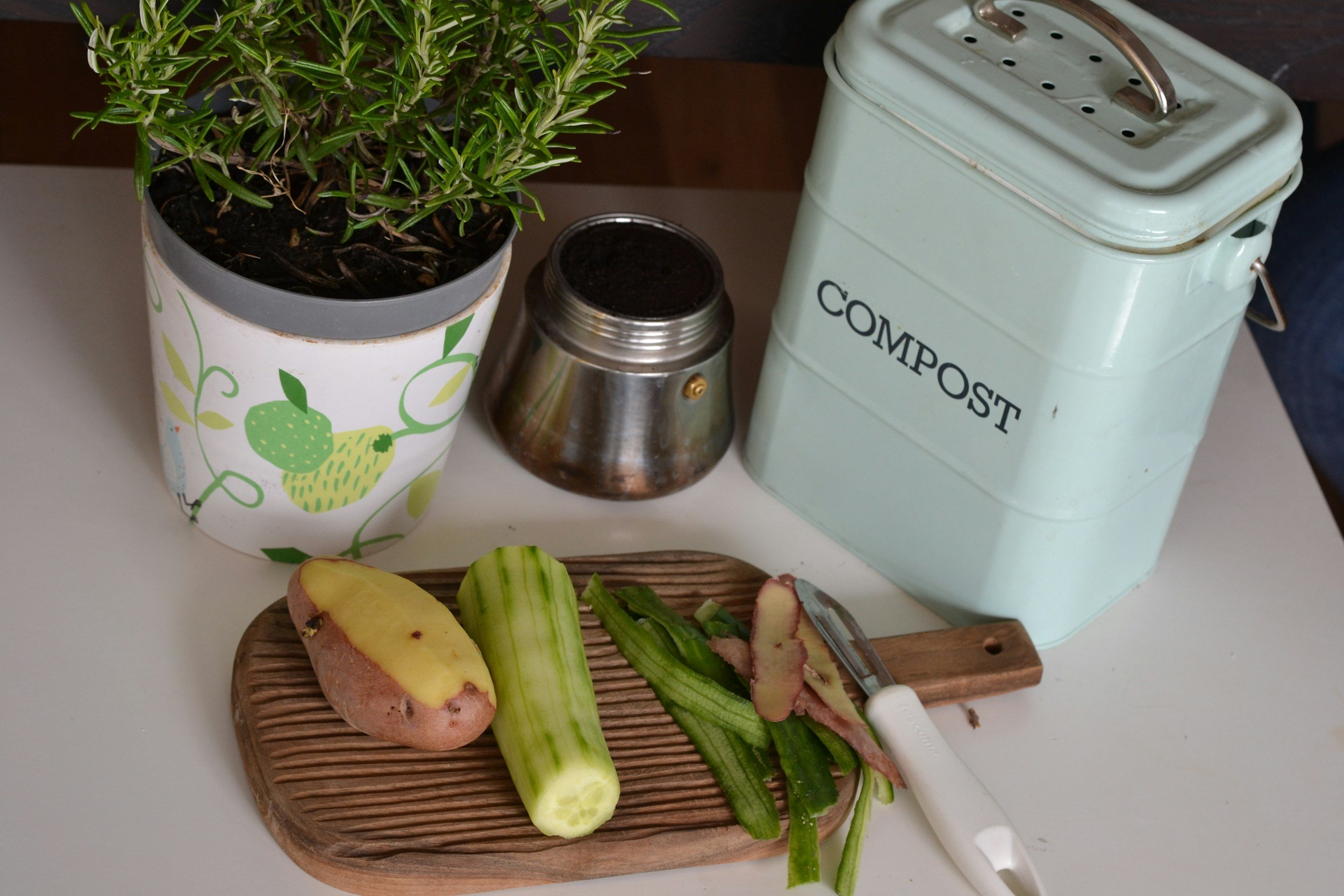


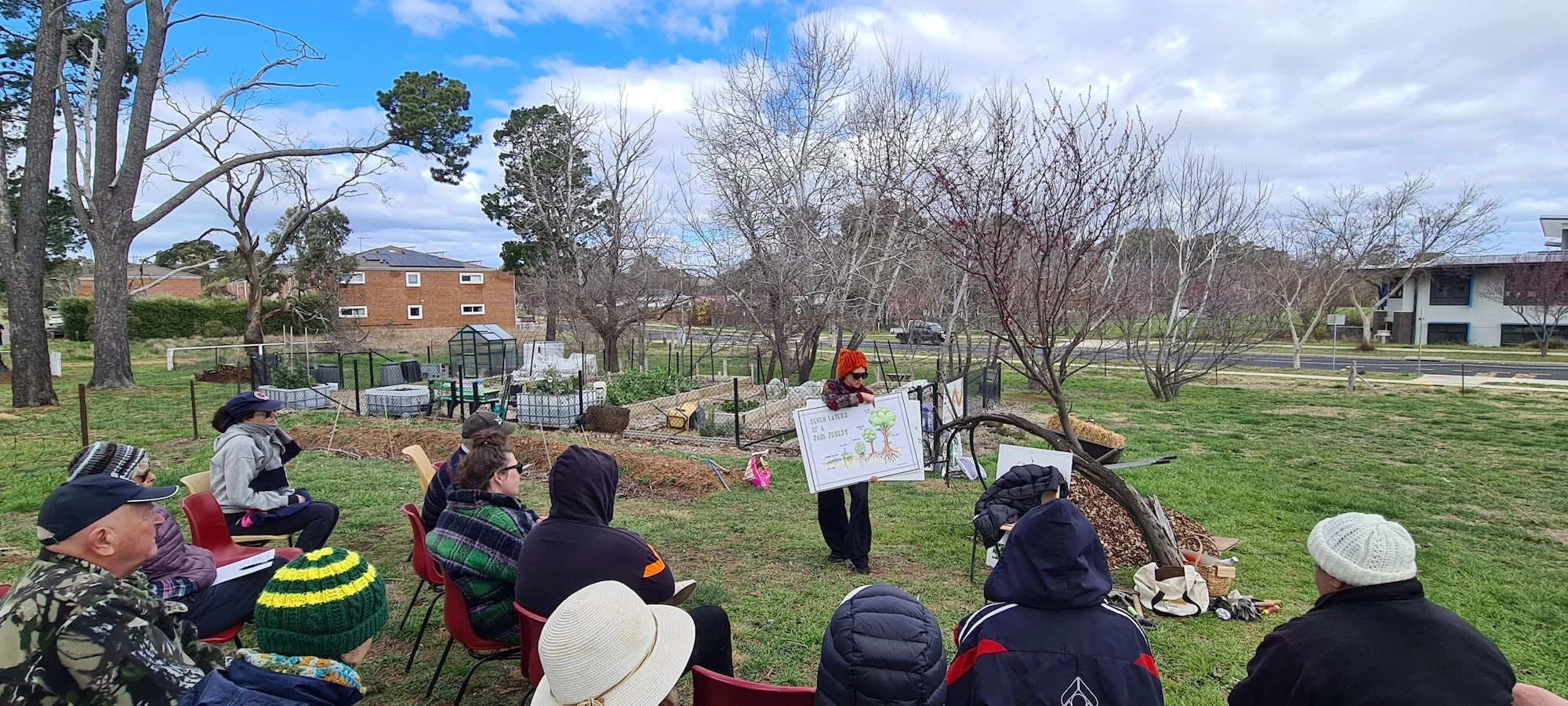

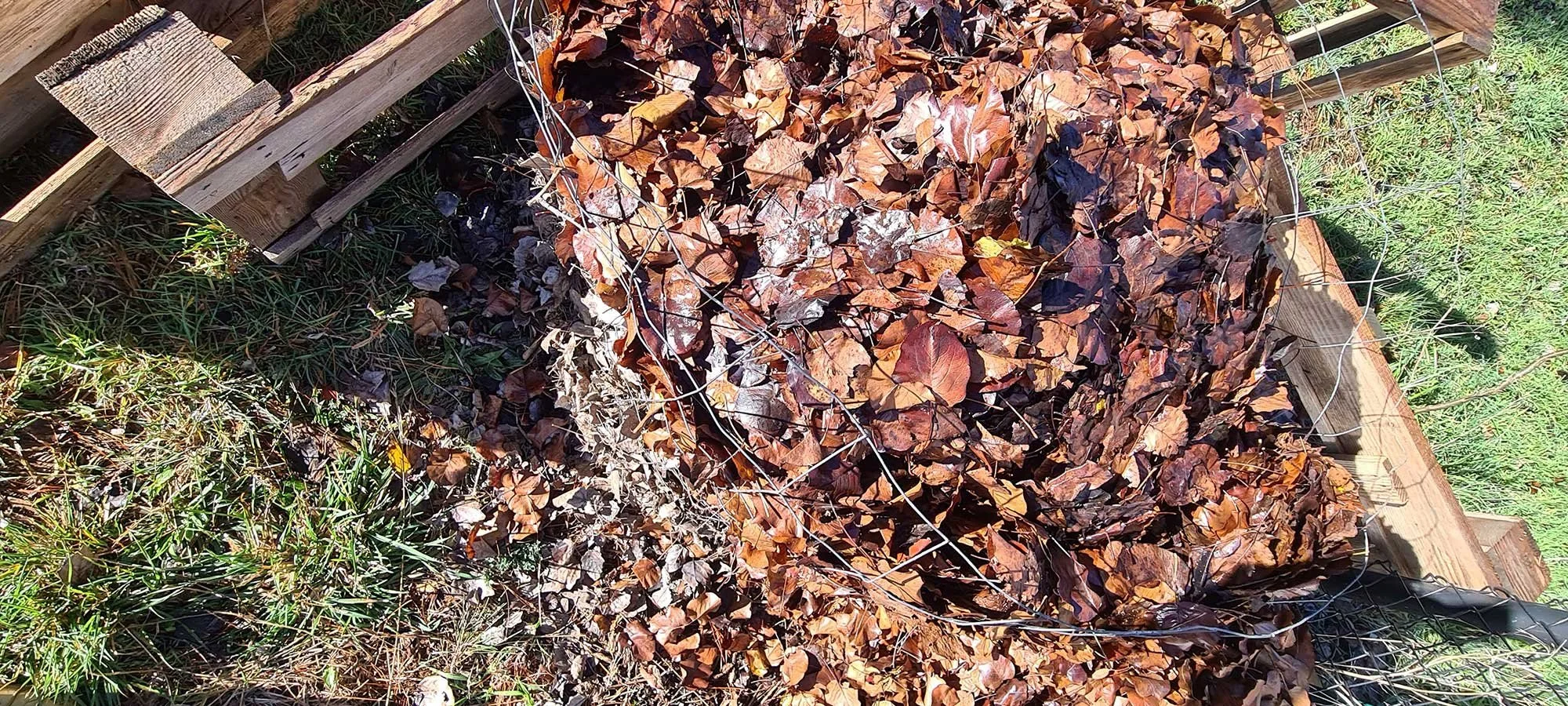


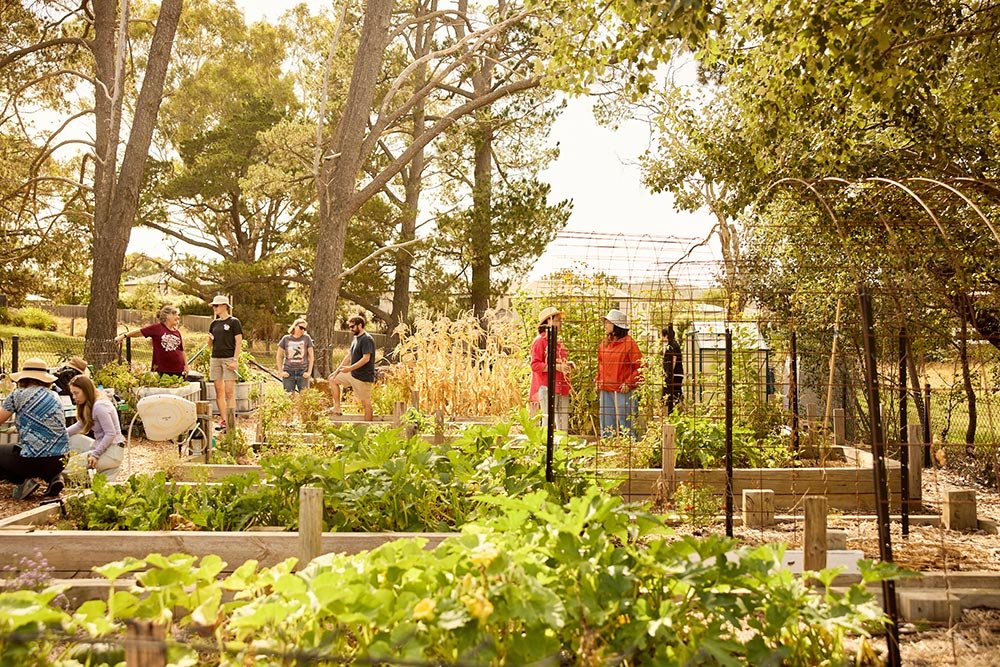




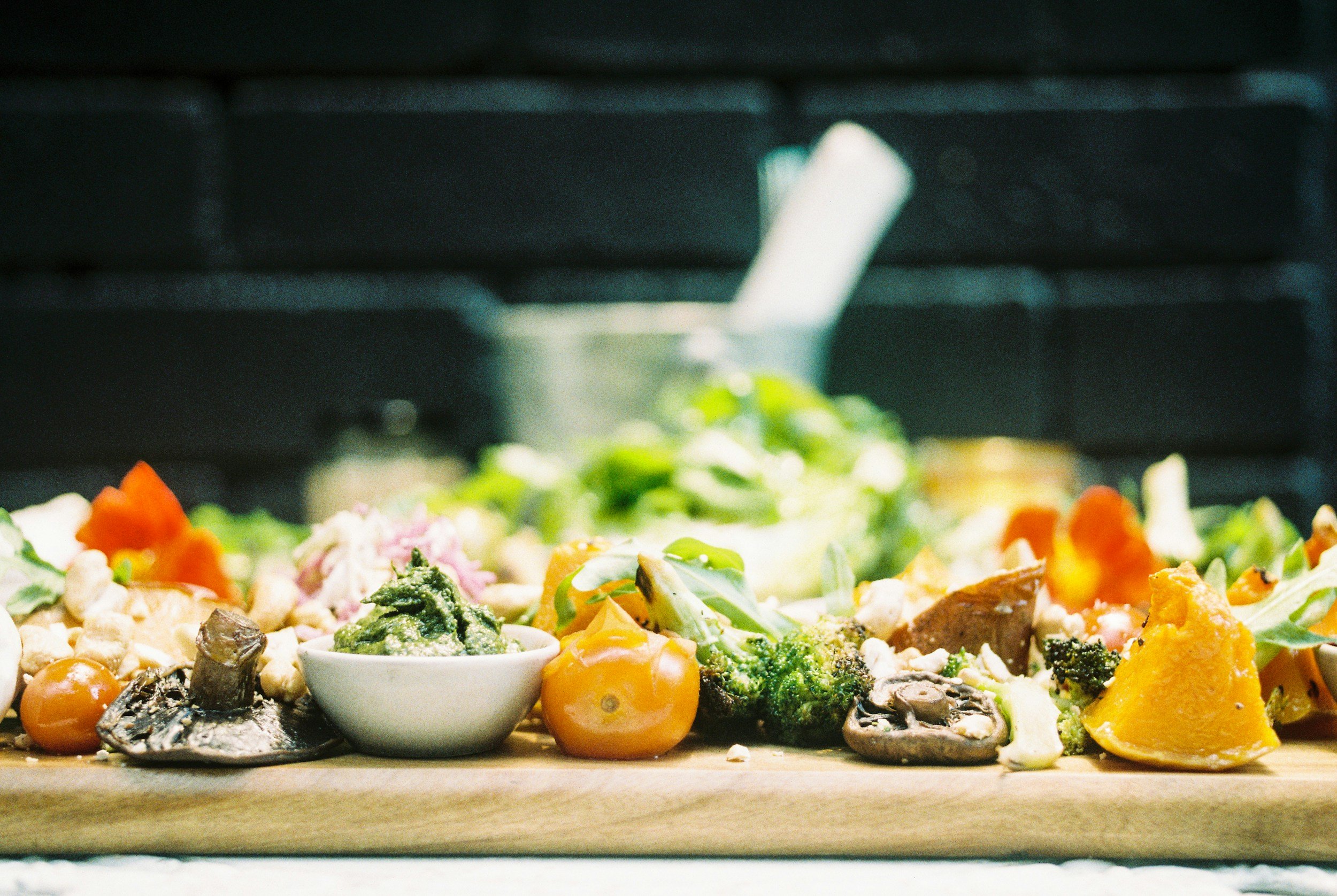


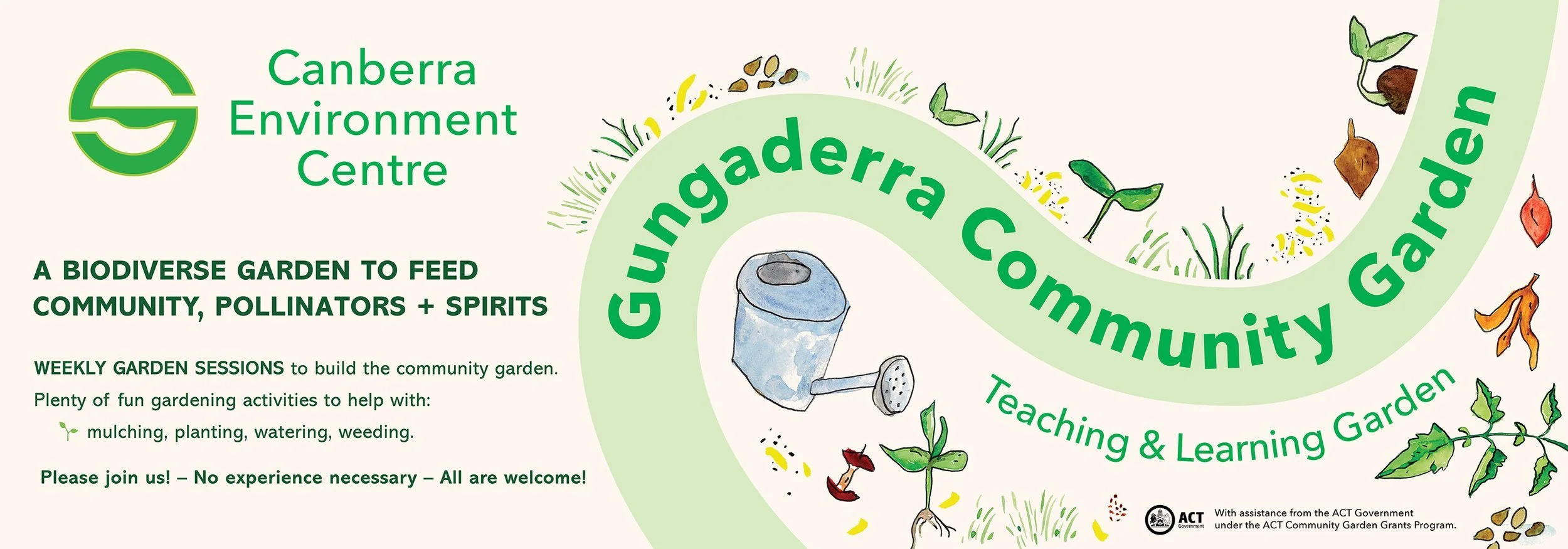





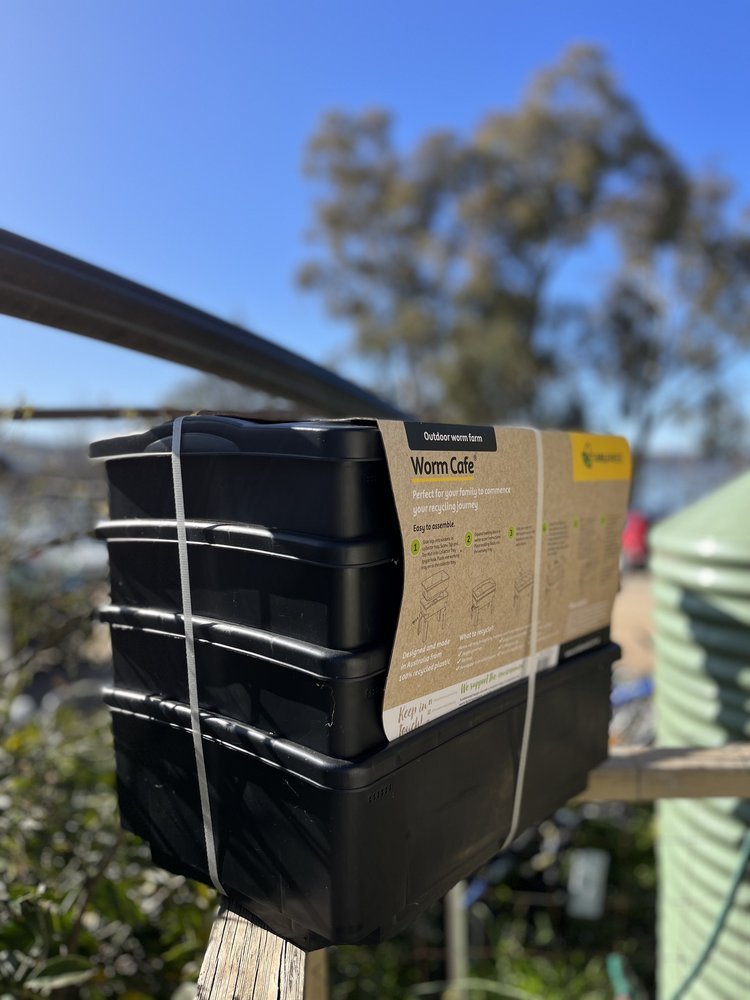
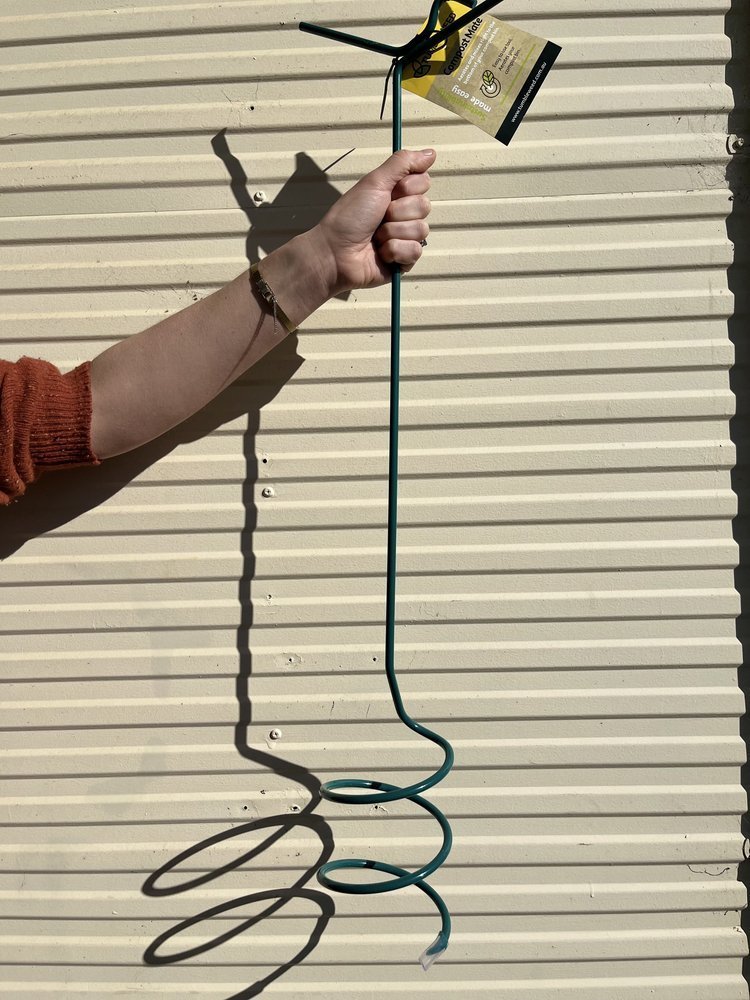

Tumbleweed bench top scrap bin. Pick up only.